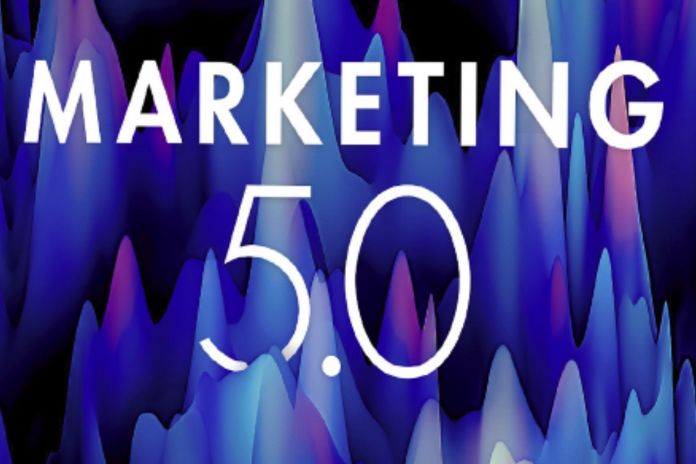Marketing 5.0 came to bring new ways of thinking about the relationship between marketing, technology, and people.
In a world with constant changes, digital marketing must constantly be updating and following innovations, looking for new ways to create, communicate and increase value during the customer journey.
Who Is Phillip Kotler?
Philip Kotler is an influential and well-known American economist and scholar. His works stand out in marketing, being known worldwide as the “father of marketing” for all his works, articles, and books published on the subject over more than 50 years.
The Evolution Of Marketing To Marketing 5.0
Following Kotler is following the evolution of marketing. From its most basic concepts to its adaptations to the constant social and technological changes the world is going through.
Kotler brought different marketing concepts that fit each era and stage, bringing us to the evolution from Marketing 1.0 to Marketing 5.0.
Let’s talk a little about each of them.
Marketing 1.0
The era of marketing 1.0 was about the product and the company. The concern was offering a good product and having a company with healthy processes and profit. There was no customer segmentation work or even after-sales concerns.
Marketing 2.0
In marketing 2.0, the focus becomes the consumer. Companies are more committed to knowing their customers. This is where the concern to capture data and analyze studies on habits and services that best meet the needs of consumers begins.
Marketing 3.0
Marketing 3.0 comes with a less cold view of the consumer. You are understanding your human side better and seeking to listen to you more and more.
This point came from the digital transformation that gave voice to customers, who could speak openly to many people on websites, blogs, and social networks, about what they think of a product or brand.
The companies’ communication begins to seek a more emotional treatment with consumers. So that even companies start to pay more attention to their values and where it fits the well-being of people.
Marketing 4.0
In 2016, Kotler and his co-writers talked about marketing 4.0. The moment it differentiates from digital marketing to marketing in the digital age.
Companies must be concerned with all their communication channels through omnichannel marketing to have excellent customer connectivity.
A tightly integrated approach to traditional marketing strategies with new digital tools. You are generating engagement and connectivity of your customers with the brand.
Marketing 5.0
Marketing 5.0 is Kotler’s latest study and release. We launched in 2021, in a pandemic scenario, with COVID-19 and social isolation. The book “Marketing 5.0: Technology for Humanity” seeks a new perspective on what we can expect from this new marketing phase.
And that’s what we’ll talk a little more about next.
What Is Marketing 5.0?
Marketing 5.0 deals with the union between technology and people to make companies manage, through new technologies, to provide increasingly personalized treatment with high added value.
This relationship aims to connect companies to consumers to create a more robust and lasting relationship.
What Are The Five Components Of Marketing 5.0?
For Iwan Sebastian (one of the book’s co-authors), marketing 5.0 is, at its core, based on data. The creation and communication teams need to work on these data in the best way.
In this way, the marketing components are divided into two disciplines and three applications:
- Data-driven marketing (discipline 1)
- Agile marketing (discipline 2)
- Predictive marketing (application 1)
- Contextual marketing (application 2)
- Augmented marketing (application 3)
Let’s understand each of these five components better.
Data-Driven Marketing
The main point here is the collection and classification of the data. When we generate so much data, companies need to devise ways to organize their data collection from all sources. Internal and external. To build a solid database for marketing decisions.
Marketing Branch
This discipline refers to organizational efforts so that teams work quickly. They use tools and processes that seek a better workflow—uniting technology and marketing. This way, teams can work efficiently and prepare for constant market changes.
Predictive Marketing
Working with predictive marketing is directly linked to data analysis that provides insight into opportunities.
Based on these analyses, companies can anticipate new trends, perform tests, and identify opportunities.
By joining the database to machine learning in marketing, automating this work is possible. We are making this process even more efficient.
Marketing Contextual
Contextual marketing is related to creating consumer profiles, mainly using machine learning technologies to give consumers personalized interactions. With this, companies can further customize their relationship with their consumers.
Increased Marketing
Augmented marketing directly relates to marketing automation tools as it uses technologies to improve marketers’ productivity, such as virtual assistants and chatbots.
The term “augmented” refers to the goal of relating to the customer as closely as possible to human interaction.

